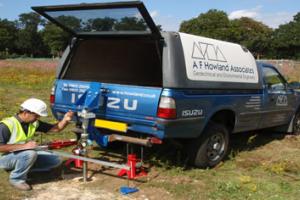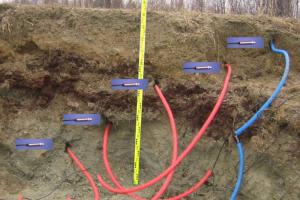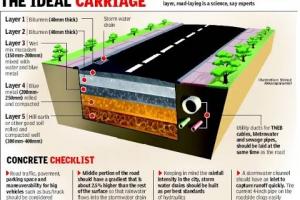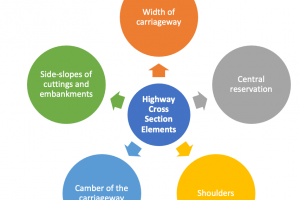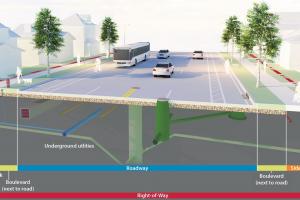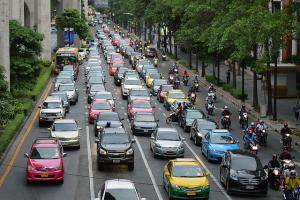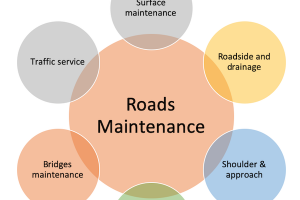Factors Affecting Selection of Highway Location
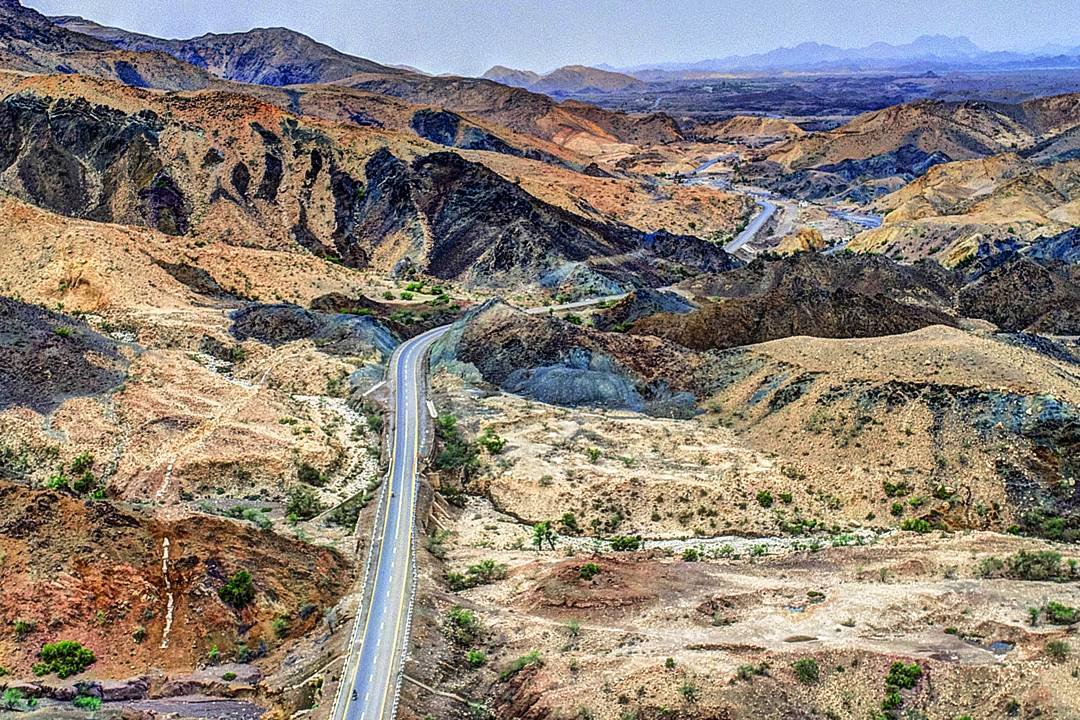
1. TRAFFIC / TRIP ORIENTATION AND PURPOSE
Traffic planner from various studies can predict the effect of travel patterns of alternative location proposed highway. Also they analyze the probable effect of new links in highway network. This permits the location engineer to determine how well alternative locations will fit with the existing network.
2. LAND USE
It is a major factor affecting the pattern of traffic generation is an urban areas. For urban highway the commercial, residential and industrial areas are too considered. Although the highway should be designed for peak hour volume and the travel patterns vary with time of day, day of weak. Season of the year also has effect in other ways.
Industries and common areas relying heavily on truck transportation need service by arterial routes. Health and safety require avoiding heavy traffic in residential areas. Aesthetic values are also considered in an urban highway.
3. Parking Facility for Vehicles
For highway location in an urban area the existing parking facility should be considered. Ideally the location should be close to existing and potential parking areas to avoiding the amount of travel on existing street.
4. Already existing Transportation System
To increase the overall level of service of transportation in an urban area interference and interaction with other transportation system should be considered.
5. Topography and Geology
Same importance as in rural area. Due to high cost of right of way are certain areas from where the road should not pass.
6. Sociological, Historical and Environmental factors
- Proposed location should not serve residential neighborhoods or create barriers b/w residential and other community service.
- Open public land should be retained as far as possible.
- Park an residential land should be used only if there is no alternate location can serve as stabilizing force by screening the traffic from residential communities.
- Further relocation of utilities where depressed highway and under pass are involved can add greatly to the cost.
- The procedure for locating urban highway are much less uniform and fixed e.g. there may be prior surveys and maps made for property location, street improvement or other purposes which furnish most of the information that will be gathered by reconnaissance. In many instance the data may be complete and accurate enough that no preliminary survey is required.
- Aerial photographs, the primary reconnaissance too, avoid highly developed areas of high cost.
- Just as in rural areas, location survey consists of staking and referencing the center line, taking profile, and cross-sections, and determining the location of all cultural and property movements.
- Considerable time is needed for locating surface and underground utilities, so that construction plans can include provision for their location.
- Problems can be minimized by employing large scale vertical aerial photographs and maps made from the photographs by photogrammetric survey.



